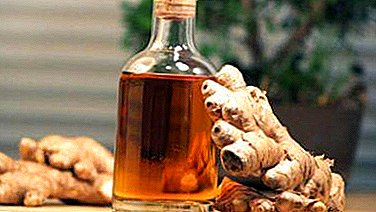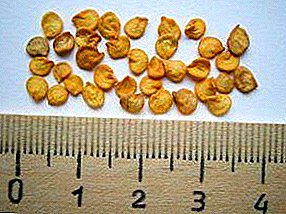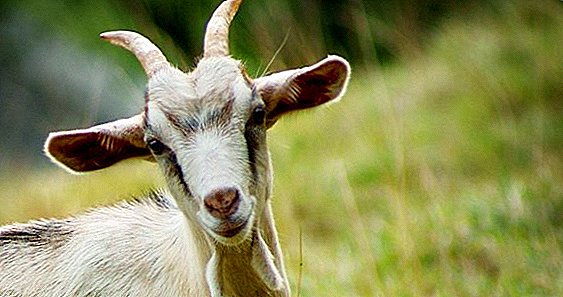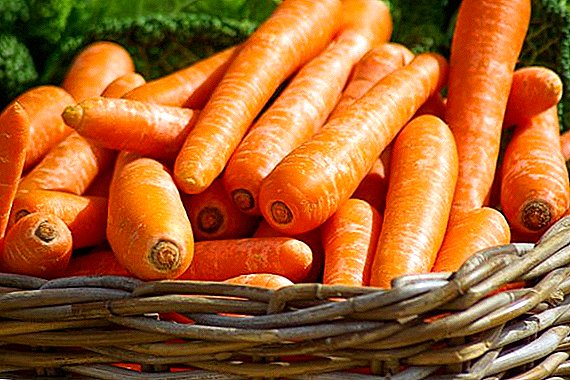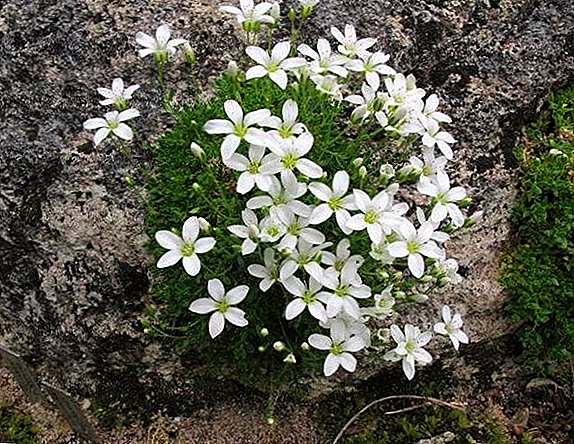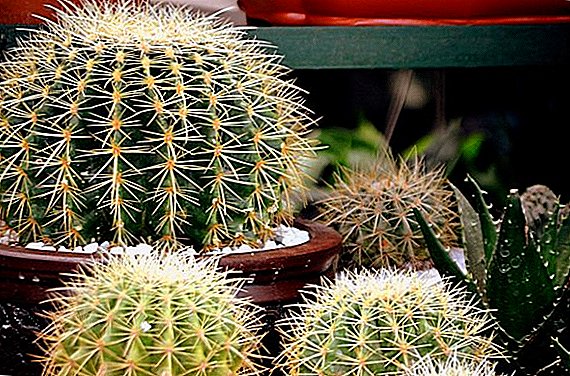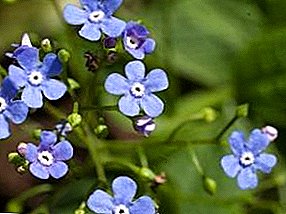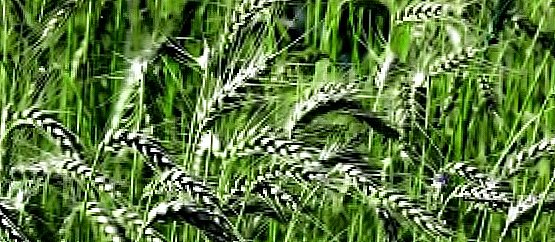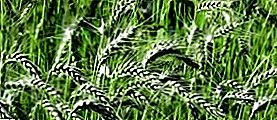
Today, such a product as winter wheat is gaining more and more popularity.
It gives a great practical advantage in the form of the amount of the harvest obtained, since it is possible to get 30-45% of the product from one site rather than growing ordinary wheat, that is, spring wheat.
But the process of care, including the introduction of top dressing for winter wheat is slightly different from similar procedures that are done with ordinary wheat.
But if you follow all the instructions, you can get the result in the form of a product of excellent quality.
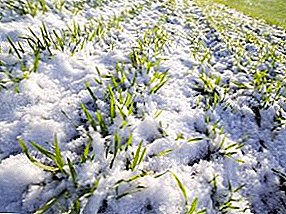
The quality and quantity of grain that can be obtained by cultivating a culture of winter wheat directly depends on the amount of fertilizers that are applied during the growth and development of plants.
After all, if a certain mineral component is not enough, it will not work to get a fairly good result.
To get a lot of quality product, you need to provide winter wheat with all the necessary trace elements.
Only then will it be possible to rely on the expectations of the expected yield.
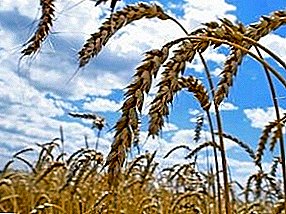
A characteristic feature of winter wheat is the fact that it is very depleting soil resources. Therefore, every year more and more fertilizers are needed, because otherwise it will not be possible to grow a decent product on poor land.
In order to form a crop in the amount of 10 centners per hectare of field, 28-37 kg of nitrogen, 11-13 kg of phosphorus, 20-21 kg of potassium should be given to the ground. It is important to remember that the more you try to grow and the more chemicals you contribute, the more the land is depleted.
If 50-60 centners of winter wheat are harvested from 1 hectare of land, then 160-190 kg of nitrogen, 55-70 kg of phosphorus and 80-100 kg of potassium evaporate from the soil.
The results of the analyzes indicate that there is not so much nitrogen, potassium and phosphorus in the readily available form in the earth, so in order to get a decent crop, you need to make it mineral supplements.
The best effect will be only if you give winter wheat all the nutrients it needs. The limiting factor plays the most important role, that is, on the amount of the element missing in the soil that the plant can receive freely.
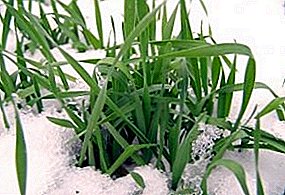
If the proportion between nitrogen, phosphorus and potassium is incorrect, then the productivity of the plants will be reduced, and the wheat itself will be exposed to diseases, which will lead to a decrease in the quality of grain.
Initially, the proportion of 1: 1: 1 was considered ideal, but after a time after receiving several harvests it was concluded that it is best to provide plants with large amounts of nitrogen in high-dose fertilizing conditions, since it is this substance that “leaves” the soil most actively.
The gold ratio is 1.5: 1: 1..
Also interesting to read about planting winter onions
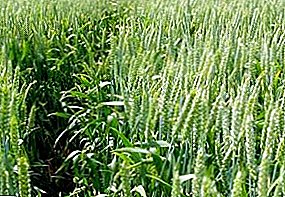
It is possible to introduce additional fertilizing in the fall to the base of the beds when they are cultivated, during the sowing period itself, or during the growing season just to fertilize the planting.
The required amount of potassium and phosphorus must be made during the formation of the ridges. If you do not do it in time, the effectiveness of fertilizers decreases with the effect they can give.
The best option is top dressing for plowing, as in this case, the trace elements are deepened to a level of 22-25 cm.
Such a depth of wrecking is considered the most optimal, since it will very well influence the development rate of the root system, will promote the penetration of the roots to a greater depth, and also increase the overall winter hardiness of plants.
The most difficult thing is to correctly supply winter wheat with nitrogen. Those nitrogen fertilizers that were introduced in the fall will not have a special effect, since in the process of development the plants will require more and more of this chemical element.
If you make a little nitrogen before the grain is poured, then everything will go to the formation of the vegetative mass, and also part of the fertilizer just washed out of the ground in spring and autumn.
If you overdo it with a dose of nitrogen, then the plants simply will not survive the winter precisely because of a strong decrease in winter hardiness. Excess nitrogen will be used by weeds that will prevent wheat from growing in spring.
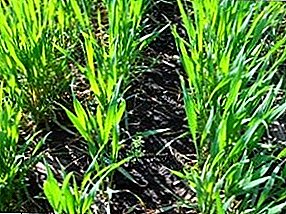
Because of this, it is necessary to treat the planting with special herbicides. Nitrogen must be introduced in the period from flowering to wax ripeness, since in the conditions of a lack of nitrogen at this time the amount available will pass from green to grain.
If you feed winter wheat at this time, then its reproductive organs (spike) will be formed correctly, and the wheat itself will come out of excellent quality.
In order to provide winter wheat with nitrogen for the entire growing season, fertilizers must be applied that slowly dissolve, or you can feed the plants in several sittings.
Nitrogen fertilizers dissolve quickly enough, so it is advisable to make a small part of them in the fall, and the rest in the spring and summer, when plants especially need this element.
If to sum up, it is possible to draw a number of conclusions regarding the top dressing of winter wheat as a whole. As a result, it may happen that fertilizer will have to be 3-4 times.
The first feeding should be in the fall. In the case of poor soils and under the condition of bad predecessors, 30 g of nitrogen per 1 square meter will suffice. meter. Top dressing at this time will have a good effect on plant growth in the fall.and also increase their winter hardiness.
The second dressing should be made in early spring. It is aimed at the development of the stem and will contribute to an increase in the stem rod. The third feeding is called productive, as it has the greatest impact on the level of the crop. This time, fertilizers need to be applied at the beginning of the plant release into the tube.
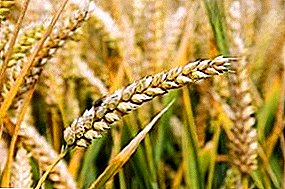
In addition to the favorable effect on the crop, productive dressing will benefit developing lateral shoots. This feeding is the most important, because it determines the degree of productivity of the ear, which can increase the final yield.
The last feed is called quality. At this time, you need to make the remnants of nitrogen, which are still useful to plants for the formation and pouring of grain. This dressing has a good effect on the activity of the upper foliage, which leads to an increase in the intensity of photosynthesis.
The time of this last feed is extremely important, since the later this dose of fertilizer is applied, the less this nitrogen will affect the level of the crop, and the more - the quality of the grain.
As a conclusion, it can be said that a plant such as winter wheat, nitrogen is essential for the normal functioning of all parts of the plant. With a shortage of one or another element, wheat will suffer, which can lead to significant losses not only in quantity, but also in the quality of the crop.


